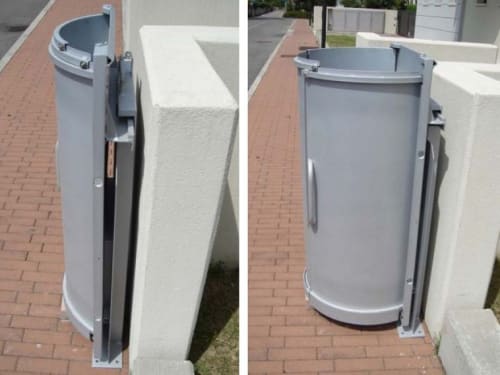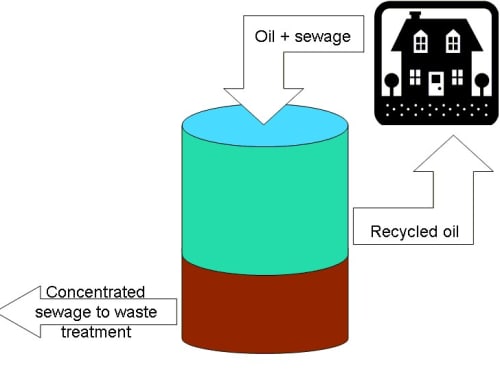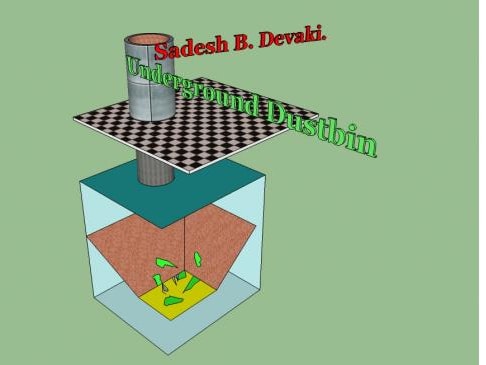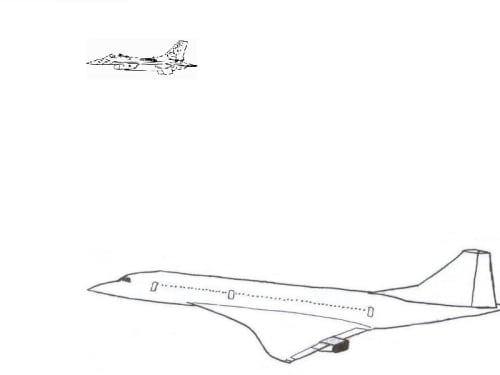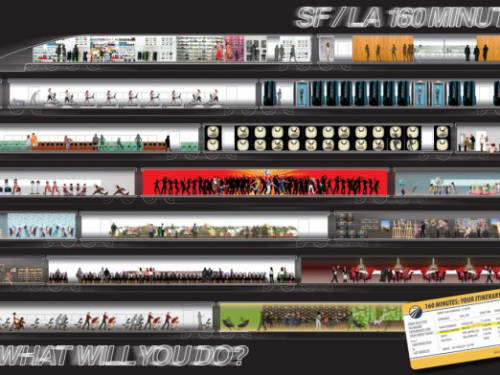2012
Entries
I present the bin for municipal solid waste intended for cities with narrow streets (for example: Venice) where it is not possible to get close to the truck or boat. Have you ever thought to the difficulties encountered by operators during the ecological urban solid waste collection in a city like Venice? Arrive by boat as close as possible,
Project Overview:
This project will create an energy producing device that will take in an underwater current, increase its velocity 3 to 10 times. This gives the CKM an advantage over most designs today for current to power devices.
Pathogens (including cholera bacterium) in drinking water and contaminated food cause infectious diarrhea, which contributes to the deaths of 3 million young children each year; Helminthic infections of multicellular organisms transmitted in water such as Lymphatic Filariasis affects more than 120 million people worldwide, mainly in India and Africa;
Worldwide, the majority of potable water is delivered through distribution piping networks. These distribution systems can be shared between anywhere from a few hundred to several million people. While this is the most convenient and economical system available for the delivery of clean drinking water,
As noted by other entrants, vast quantities of water is wasted as a result of flushing toilets. Not that I recommend not flushing your toilet!
The basic idea is that the much of this water can be saved by replacing it as the carrier medium with a hydrocarbon alternative.
Solar power can only be harvested during daylight and then when not degraded by fog or overcast conditions. Wave energy is the only continuously available environmental power source (except for calm seas) that might be harvested. On the open sea the potential energy of wave swell is principal energy source.
Wave Winch is a wave energy absorber, based on the structure of the nautical winch, specially designed to damp the oscillations of a boat while it is moored and to transform the mechanical energy of the boat to electricity able to be stored in batteries. Thus the system provides both clean renewable energy and greater comfort to the passengers.
My innovation is simple: to keep the city clean. Our present road wastebin is filled with waste. Municipal cleans every day but it smells outside the surroundings, shows dirty city area. Infants and the elderly get bad health as lots of diseases spread.
Whatever waste goes inside it will go underground.
Why wait until a commercial airliner crashed into the sea or on land to send a rescue team? Precious moments often elapse before arriving at the scene of the disaster to provide relief to victims, which in most cases it is already too late ...
LA to San Francisco in 160 minutes—GREAT! But ironically, as the size of cities and the speed in which we are able to travel great distances increases, we are increasingly more sedentary. In fact, we are sitting down more than ever before—9.3 hours per day, which is more time than we spend sleeping.
Page 72 of 74
